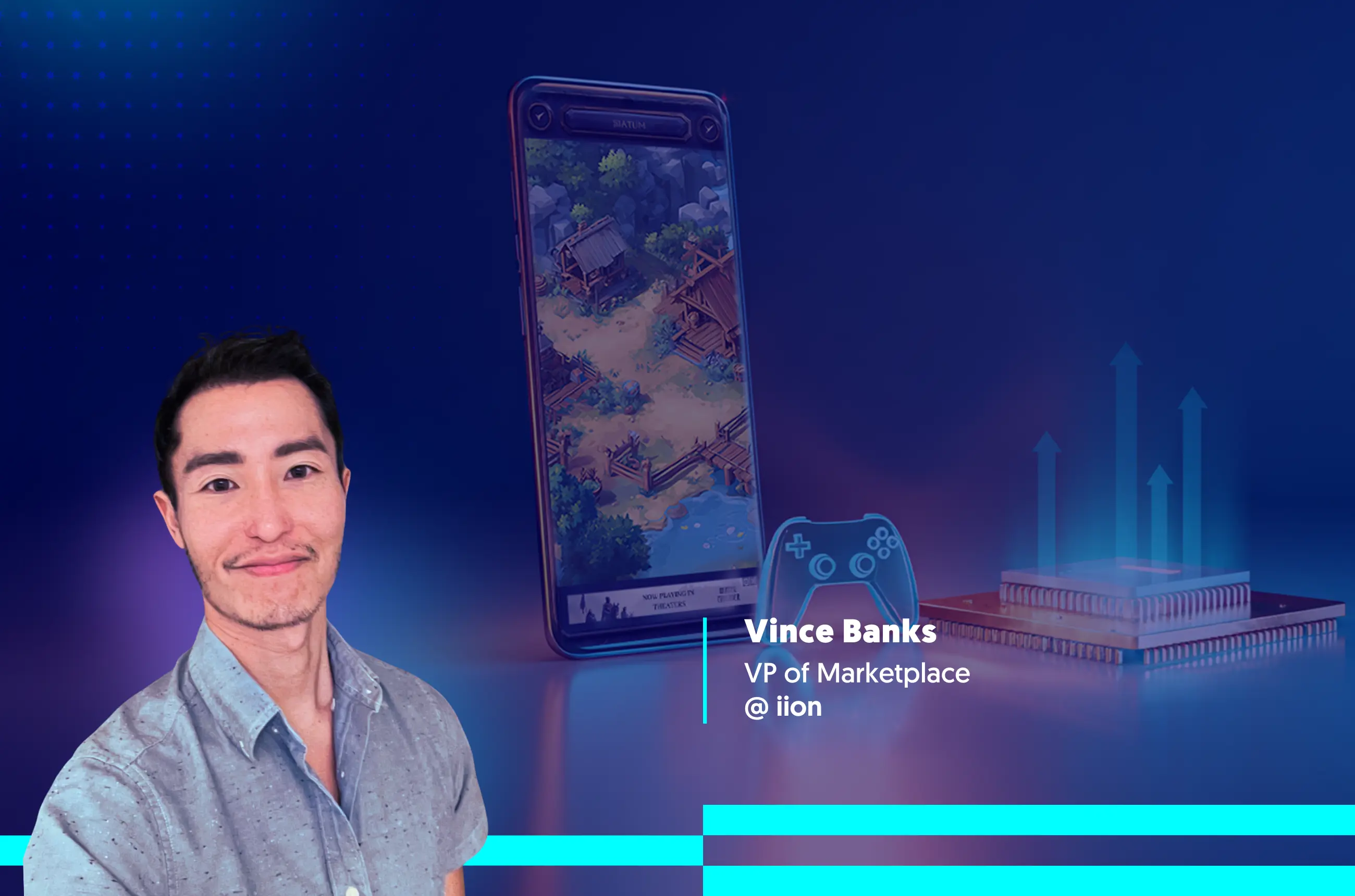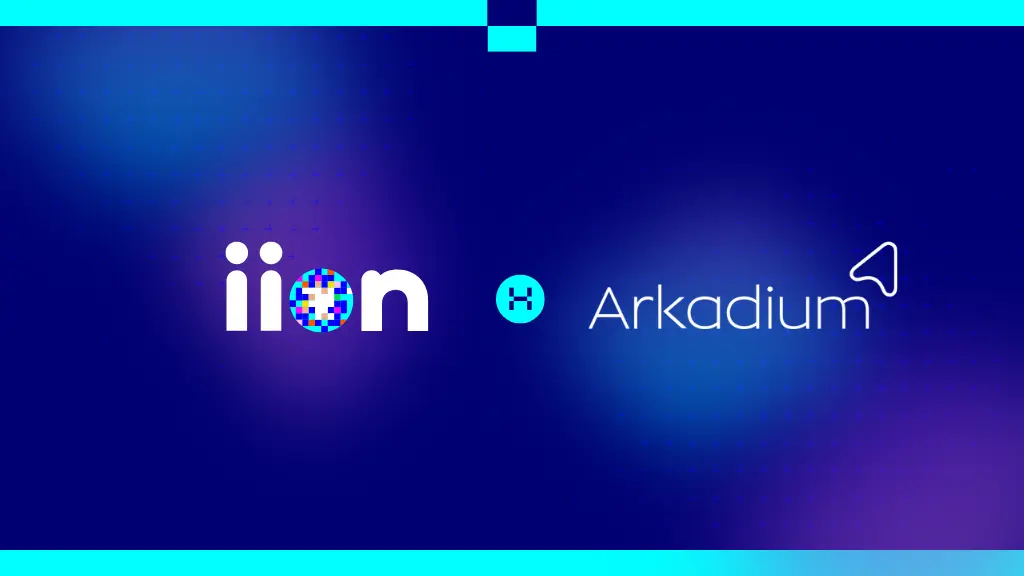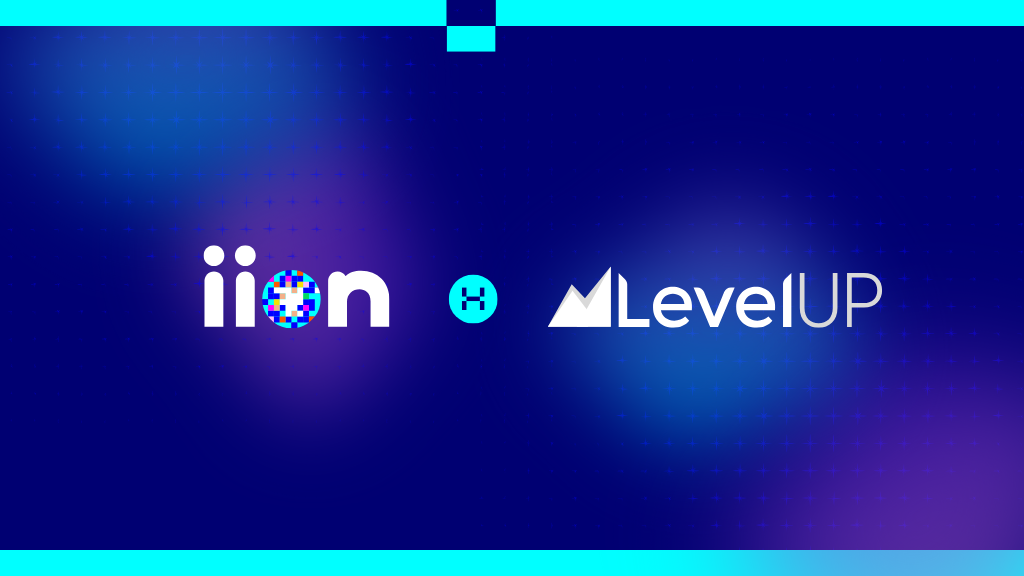AdTech
Gaming’s Attention Metrics 101: A Fact-Based Playbook for Any Marketer

In today’s overcrowded digital landscape, grabbing and holding audience attention is the holy grail for brands. Dentsu’s recent report confirms that gaming is now bigger than music and movies combined, with a global market topping $184 billion—yet gaming ad spend remains under 5% of total budgets in the U.S. The opportunity is massive.
In fact, iion’s own internal findings show that brands who prioritize immersive, contextually relevant ad placements in gaming environments see better engagement and higher recall across their campaigns and clients. By focusing on user-first experiences, these brands effectively capitalize on gaming’s inherently deep player immersion for stronger results.
Here are the top 5 players of attention-driven game advertising and everything—from marketers to CMO—need to know:
1. Livestreaming
Gaming’s attention magnet.
Livestreaming platforms like Twitch are a goldmine for advertisers, delivering attention levels that social media and online videos can’t match. Dentsu’s report highlights that ads on these platforms don’t just get seen—they get remembered:
- 57% brand recall (compared to the usual 38%)
- 17% more likely to choose the brand (versus the standard 7.25%)
Live content draws in deeply engaged audiences who actively participate in chats and gaming communities. This real-time interactivity means ads get noticed—and crucially, remembered. For marketers striving to make a real impact, livestreaming is a must-have for capturing focused attention and driving brand recognition.
2. Rewarded Videos
Engagement on demand.
Rewarded video ads continue to shine in the gaming environment, offering high engagement with a unique twist: players choose to watch them. According to the latest data:
- Achieve 19.91 seconds of total attention time
- Command 5.77 seconds of active, focused attention
Viewers who opt in for in-game rewards are primed to pay attention, transforming every second into a high-value branding moment. For brands aiming to connect deeply with audiences—and drive tangible lower-funnel outcomes—rewarded videos are a powerful way to turn attention into meaningful conversions.
3. Intrinsic In-Game Ads
Focus without the fuss.
Intrinsic in-game ads prove you don’t need to disrupt to captivate. By blending seamlessly into the gameplay environment, these ads:
- Are seen 98% of the time
- Often outperform standard online ads in cost efficiency
- Because they slot naturally into the game’s visuals—like digital billboards or stadium signage—they capture active player attention without breaking immersion. For brands juggling multiple channels, these subtle placements offer a premium approach to attention—securing brand recall without pulling gamers out of the action.
4. Attention Metrics
The future of ad success.
Forget outdated metrics like views and clicks—attention metrics have become the gold standard for measuring ad impact in gaming. Dentsu’s October 2024 study underscores that:
- Gaming’s $3.38 average attentive cost per 1,000 impressions (eCPM) is more efficient compared to the average $5-10 eCPM with social and display.
- 80% of respondents in Dentsu’s study willingly opted to view gaming ads to advance their gameplay. Formats like rewarded video generate strong voluntary attention and redefine how advertisers need to assess their engagement rates.
- The Dentsu study also revealed that gaming ads achieve a 99% viewability rate vs other channels, such as online video and display, with an 87% average viewability rate.
In a landscape where capturing attention is harder than ever, gaming ads offer a rare advantage: sustained, high-quality engagement that drives real business outcomes. These insights confirm that when brands lean on attention metrics—time actually spent with an ad and the cost per that engaged time—they stand to gain far more from their creative investments.
5. Gaming Investment
Big audiences, bigger returns.
With 2.4 billion people using devices to play games—and an average gamer age of 37—the audience is broad, engaged, and highly diverse. Yet gaming ad budgets haven’t fully caught up and remains under 5% of total U.S. ad budgets. Despite this game advertising offers:
- High recall and engagement at a compelling cost
- Scalability via banner ads and interstitials for broad reach
- Premium attention from rewarded videos at a favorable cost-per-attention rate
This disconnect is an invitation. Whether your goal is awareness, consideration, or action, gaming offers a robust mix of formats to meet any marketing objective—often with better attention at lower costs compared to traditional channels.























